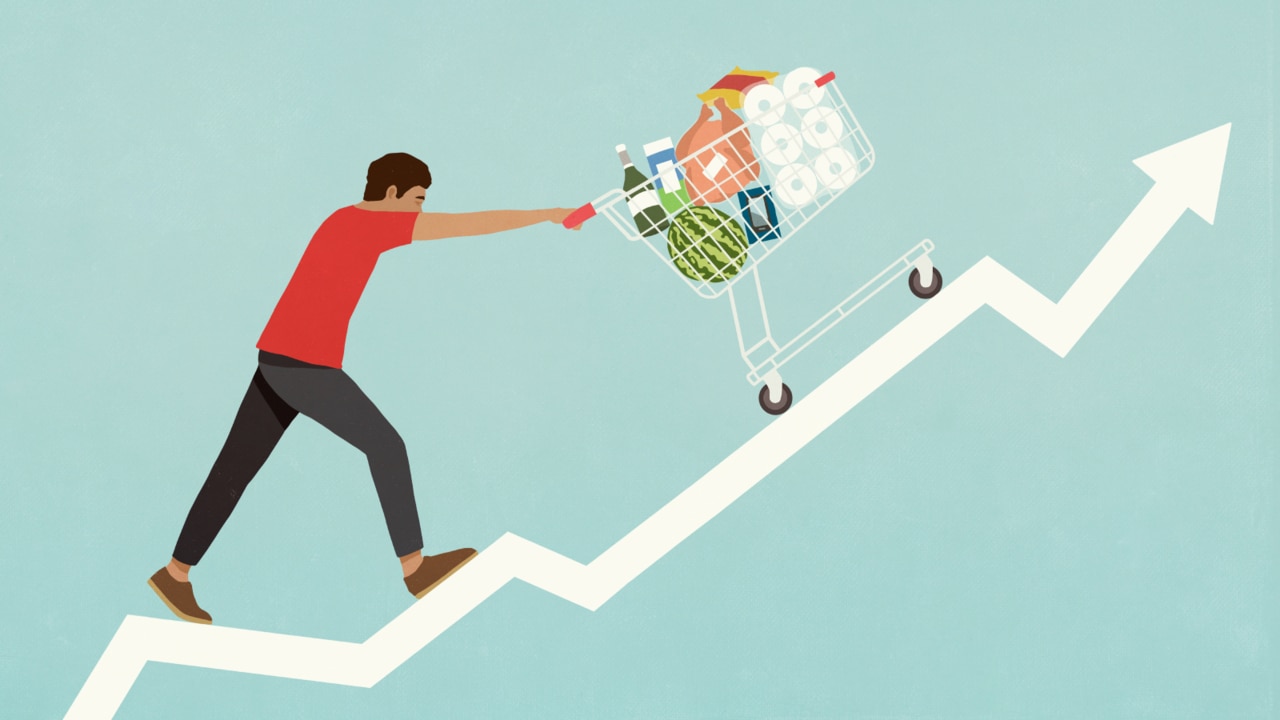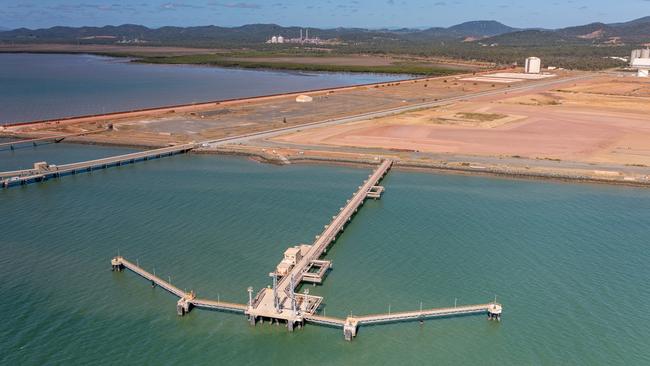Orica posts sharp first-half profit lift, flags strong year
The explosives major is factoring in an extended period of cost pressure due to inflation, according to managing director Sanjeev Gandhi.

Orica is factoring in an extended period of cost pressure due to inflation, according to managing director Sanjeev Gandhi, despite a strong performance by the company in the first half of the financial year.
The explosives major booked a big lift in interim profit on Thursday, recording a $123m net profit, up from an $84.6m net loss the previous year.
Orica declared a 18c a share unfranked interim dividend after saying it had booked underlying earnings before interest and tax of $323m, up 32 per cent on the same time last year.
Cost pressures stripped about $9m from its underlying EBIT in the first half, the company said, with the sale of its Russian business downgrading earnings by another $8m.
Mr Gandhi told The Australian that Orica had been planning for a lift in inflation for some time.
“We called out inflation two years back, and we’ve seen it flow through. And even though the headline numbers sound like 6 to 7 per cent, real inflation on the ground is significantly higher across the board. And we see this all across the globe,” he said.
“I do expect that inflation is sticky and will continue for the foreseeable future. Interest rates will start to bite on demand, and we do see consumer demand starting to slow down.”

Mr Gandhi said shifting trade flows around Russian ammonia production have been a major challenge for the company over the last year, adding complexity to its business as it looked for alternatives to Russian producers.
Russia was the biggest exporter of ammonia to global markets, and Mr Gandhi said Orica was forced to replace two of its major Russian suppliers with as many as 20 alternatives outside the country due to global sanctions.
“That adds complexity as well as cost. It also means that we are moving from mature suppliers more experienced in the seaborne trade, to less mature suppliers who were not really trading internationally,” he said.
“So we had to help our suppliers to build supply chains, storage facilities, tankage facilities, and shipping lines and charters – and all of that came at a significant effort and cost. But we have successfully managed to do that.”
Mr Gandhi said Orica expected its cost-cutting measures and strong demand in key parts of its business to flow through to a stronger second half of the company’s financial year, despite the ongoing disruptions to global supply chains caused by Russia’s invasion of Ukraine.
Orica’s earnings are traditionally weighted to the second half of its financial year, Mr Gandhi said, but the company also expected strong demand from its mining clients to continue, as well as a growing contribution from the company’s technology offerings.
But Mr Gandhi warned that high input costs for the company’s Australian business remained a concern, despite the federal government’s intervention into local gas markets.
Orica’s existing gas contracts will not expire until 2025 and 2026, and the company is not due to go to market for new gas contracts until next year. But Mr Gandhi said that, although the company had welcomed the Albanese government’s $12 gas price cap and believed it should remain in place, Australian gas was still expensive by global standards.
“I think the intervention from the government was exactly the right thing to do. I really support that, because it helped quite a few of our tier-two and tier-three suppliers because they were really struggling to source gas,” he said.
“But you have to put it into perspective. I can source gas in the Middle East or North America for $2, so the gap is still big. I’m support what the government is doing, but in the end the gas producers and the gas consumers need to find a reasonable solution so that we do not need this kind of government intervention in future.”
Excluding the impact of the divestment of its Russian operations, Orica said ammonium nitrate sales volumes rose for the half, with sales of its electronic blasting and detonation products also up for the period.
Orica’s revenue lifted to $4bn in the six months to the end of March, compared with $3bn in the first half of its previous fiscal year.
Revenue from its Australian and Asia Pacific business rose 31 per cent to $1.56bn, primarily on the back of strong growth to thermal coal mines in Indonesia, Australia and India, the company said.
Orica shares were up 1.2 per cent to $16.66 in a slightly lower market on Thursday afternoon.


To join the conversation, please log in. Don't have an account? Register
Join the conversation, you are commenting as Logout